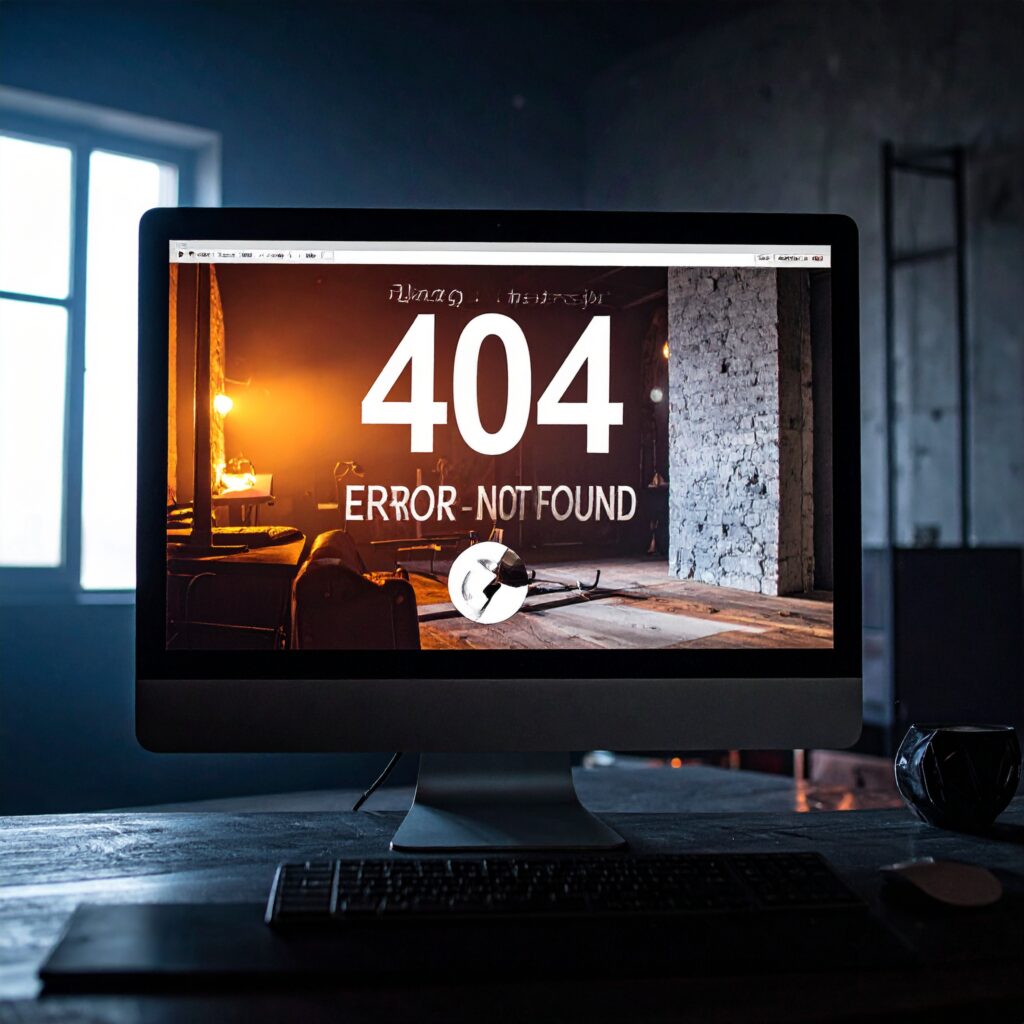The 403 error code is a common HTTP status response indicating that the server understands your request but refuses to authorize access to the requested resource. Unlike errors caused by missing credentials, such as the 401 Unauthorized error, the 403 error means you are recognized by the server but do not have permission to view or interact with the content.
Understanding the HTTP 403 error code is essential for both everyday users and web administrators because it directly affects your browsing experience. When you encounter this error, you’re blocked from accessing specific pages or files, which can be frustrating if you need that information immediately.
This article will help you:
- Identify common causes behind the 403 error code.
- Learn practical steps to resolve this issue quickly.
- Understand how permissions and security settings impact access.
- Discover when waiting might be the simplest fix.
By mastering these points, you will gain confidence in troubleshooting and overcoming 403 errors without unnecessary delays or confusion.
Common Causes of a 403 Error Code
The 403 Forbidden error is often rooted in issues related to server blocking access, insufficient permissions, or IP address restrictions. Understanding these causes helps you identify the exact reason behind the error and fix it quickly.
Firewall and Security Settings
Many websites use firewalls and security tools to protect their resources from unauthorized access or malicious activity. These systems can block your request if they detect suspicious behavior or if your IP address falls within a restricted range. For example:
- A corporate firewall may prevent access to certain external sites.
- A web application firewall might block requests that seem like attacks.
- Geo-blocking policies can deny access based on your geographic location.
When a firewall blocks your connection, the server responds with a 403 status, indicating you are not permitted to view the content.
User Permission Issues
Even if you’re logged in, the server may reject your request due to insufficient permissions. This happens when:
- Your user role lacks rights to view specific pages or files.
- Access controls on directories or files restrict certain users.
- Authentication is successful but authorization fails.
For instance, a content management system (CMS) could restrict editing privileges to administrators only. If you try accessing an admin page without proper rights, the server displays a 403 error instead of allowing access.
Temporary and Permanent Blocking by Servers
Servers sometimes impose blocks that last for varying durations:
- Temporary blocks: Triggered by too many failed login attempts or unusual traffic patterns. These are often lifted automatically after some time.
- Permanent blocks: Result from violations of site policies or blacklisting due to abuse reports.
Blocked IP addresses frequently cause these errors, especially if a hosting provider suspects spam or hacking attempts originating from your network.
Misconfigured file permissions on the server side also lead to 403 errors. If files or folders are set with restrictive read/write permissions, even authenticated users cannot access them.
Understanding these common causes lets you approach troubleshooting methodically — checking firewall settings first, confirming your user permissions, and considering if any temporary blocks apply before diving deeper into server configurations.
Encountering a 403 error code means the server is denying access due to permission restrictions. You can take several practical steps to resolve this issue quickly and regain access.
1. Checking User Permissions
Your first action should be to verify whether your user account has the necessary permissions for the resource you’re trying to access. Even if you are logged in, insufficient privileges can trigger a 403 error.
- Confirm login status: Log out and log back in to ensure your session is active and authenticated.
- Contact site admin: If you suspect permission issues, reach out to the website administrator or support team to confirm your access rights.
- Try another account: Use an alternate account with higher privileges if available, to see if the problem persists.
2. Adjusting Firewall Settings
Firewalls or security software on your device or network might block certain websites or resources, causing a 403 error code.
- Temporarily disable firewall/antivirus: Turn off these protections momentarily to check if they interfere with access.
- Whitelist the website: Add the URL or IP address of the site you want to visit to your firewall’s whitelist or safe list.
- Check router settings: Some routers have built-in firewalls that may restrict access based on rules; review these configurations as well.
3. Verifying Server-Side Configuration
If you manage a website or have server access, misconfigured file permissions or .htaccess rules can cause a 403 Forbidden error.
- File and folder permissions: Make sure files are typically set to
644and directories to755permissions on Unix/Linux systems. - Review .htaccess rules: Incorrect directives here can deny access unintentionally—look for “deny from all” lines or IP restrictions.
- Check IP blocking rules: Servers often use IP whitelists/blacklists; ensure your IP is not blocked.
4. Proper Authentication Methods
A 403 error sometimes arises when authentication methods are improperly implemented or credentials are missing but not flagged as unauthorized (401).
- Use correct login credentials: Double-check username/password combinations.
- Clear browser cache and cookies: Old authentication tokens may cause conflicts.
- Enable cookies and JavaScript: Some sites require these for successful authentication.
5. Waiting as a Potential Solution
Temporary blocks enforced by servers — such as rate limiting or security measures against suspicious activity — will cause a 403 error for a limited time.
- Pause before retrying: Wait for some minutes or hours depending on the site’s policies.
- Avoid repeated requests: Excessive attempts can extend blocking durations.
Applying these steps in sequence allows you to diagnose and fix most causes behind the 403 error code without delay. Regularly reviewing your permissions, firewall settings, authentication processes, and server configurations ensures smoother web browsing experiences.
Conclusion
Addressing the 403 error code promptly ensures a smoother, uninterrupted browsing experience. Ignoring this issue can lead to continued access problems and frustration. Focus on resolving the 403 error code by checking permissions, adjusting settings, and confirming authentication steps first. If these attempts don’t work, consider reaching out for expert help or the website’s support team. Persistent errors might indicate more complex server-side restrictions or configuration issues that require professional attention. Taking these steps protects your access and keeps your online activities running without unnecessary interruptions.




